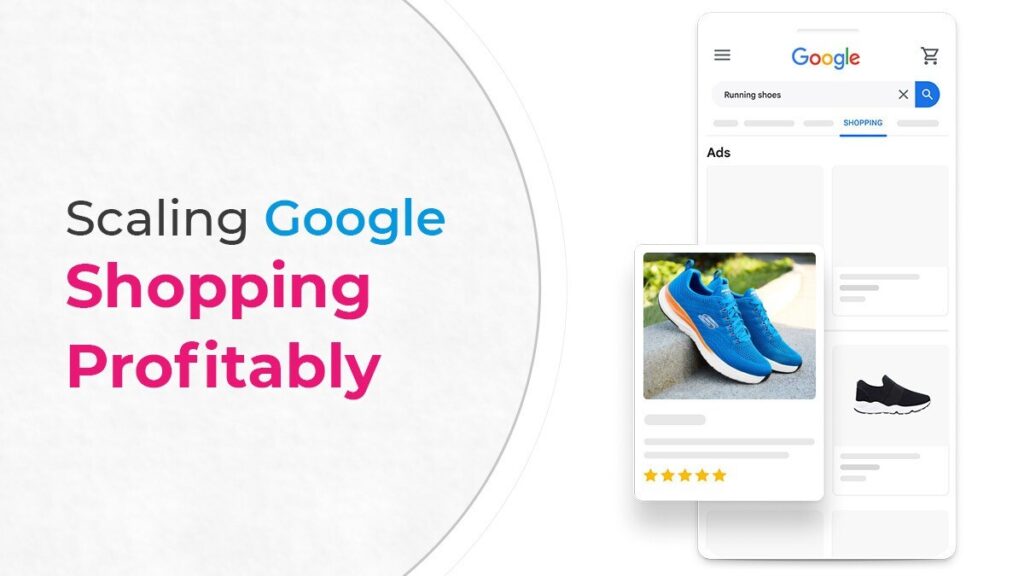As you scale, there’s an inverse relationship between profitability and reach. The wider you cast your net, the more varied the audience. Use tools within Google Ads, like the Performance Planner for Shopping campaigns, to visualize the relationship between ad spend and profitability.
Brand Magnet Strategy: Think of your marketing as a magnet. Generate demand on paid social platforms, then capture that demand through paid search. This strategy ensures you’re present at every stage of the customer’s journey, from discovery to purchase.
COGS Tracking: Implement tracking for the Cost of Goods Sold (COGS). This allows for more accurate profitability calculations and better campaign optimization.
Margin-Based Structures: Focus on product profitability, inventory status, and campaign segmentation. By understanding the profitability of individual products and segmenting campaigns based on this and inventory status, you can allocate resources more effectively.
Website Optimization: With Google’s URL expansion feature in Performance Max campaigns, it’s crucial to have an optimized website. Ensure every landing page provides an excellent user experience, as you can’t predict where Google will send your traffic.
Google Shopping campaigns are a goldmine for eCommerce businesses. With the right strategy, they can drive significant revenue while maintaining profitability.
